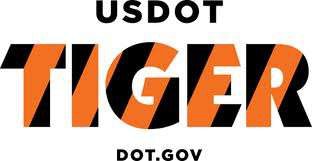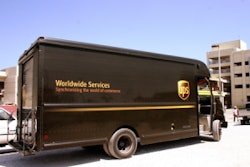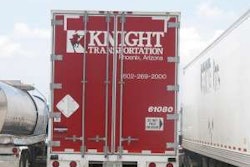
The U.S Department of Transportation announced that 42 capital construction projects and 33 planning projects in 40 states will share nearly $600 million from its TIGER II program for major infrastructure projects ranging from highways and bridges to transit, rail and ports. Transportation Investment Generating Economic Recovery (TIGER) II received nearly 1,000 construction grant applications for more than $19 billion from all 50 states, U.S. territories and the District of Columbia.
The demand for TIGER II project dollars follows a similar demand for TIGER I project dollars. On Feb. 17, 2009, DOT announced 51 grant awards from nearly 1,500 applications for TIGER I grants nationwide. The TIGER I requests were for almost $60 billion worth of projects, 40 times the $1.5 billion available under that program. TIGER I dollars were made available under the American Recovery and Reinvestment Act of 2009.
“These are innovative 21st century projects that will change the U.S. transportation landscape by strengthening the economy and creating jobs, reducing gridlock and providing safe, affordable and environmentally sustainable transportation choices,” says U.S. Transportation Secretary Ray LaHood. “Many of these projects could not have been funded without this program.”
Roughly 29 percent of TIGER II money goes for road projects, 26 percent for transit, 20 percent for rail projects, 16 percent for ports, four percent for bicycle and pedestrian projects and five percent for planning projects.
The Port of Los Angeles was awarded $16 million for its West Basin Railyard project. The port says the project will maximize use of rail at the port, create almost 2,000 construction jobs, reduce pollution, ease congestion, enhance safety and improve the livability of the region and sustainability and competitiveness of port operations.
“Our Port needs to stay competitive, and this funding will help,” says Los Angeles City Councilwoman Janice Hahn, whose district includes the port. “This project is of national importance, since it will increase the port’s on-dock rail capacity and move goods to the rest of the country more efficiently. But it’s also a locally significant project, by taking trucks off the road and creating close to 2,000 local jobs.”
The TIGER II funding will help construct an intermodal railyard connecting the Port of Los Angeles on-dock railyards with the Alameda Corridor. The project includes new railyard for short-line railroad serving Union Pacific, Burlington Northern Santa Fe and the ports of Los Angeles and Long Beach. The project includes staging and storage tracks for adjacent on-dock railyards for two container terminals, China Shipping/West Basin Container Terminal and Trans Pacific Container Service Corp., and a short-line railroad that switches for the UP, BNSF Railway and other terminals.
The project also includes the removal of two at-grade rail-highway crossings. The West Basin Railyard functions as a critical link between the ports and the Alameda Corridor, which carries about 15 percent of all waterborne containers entering or leaving the United States. The railyard provides a staging and railcar storage area for trains entering from or departing to the Alameda Corridor.
Total cost of the project is estimated at about $125 million. In addition to the TIGER II funding, the port has secured other state and local funds and will contribute about $50 million of its own capital funds. Construction is expected to start in the first quarter of 2011 and be completed toward the end of 2013. Project benefits, according to the port, include:
• Maximizing use of on-dock rail by shifting container transport from trucks to on-dock rail;
• Reduction of 2,300 daily truck trips by increased use of on-dock rail, 81,000 truck miles traveled and 2,370 vehicle-hours traveled;
• Reduction of pollutants and greenhouse gases;
• Improvement of safety via truck trip reductions on the 710 freeway and by removal of two at-grade rail-roadway crossings that are impediments between a residential community and the waterfront; and
• Creation of 1,987 construction jobs.
“This is an essential element of our rail strategy, and I’m thankful that our federal government has recognized the national importance of our port by awarding this funding,” says Geraldine Knatz, the port’s executive director. “This investment will enhance the region’s and nation’s economic competitiveness while increasing safety and sustainability in and around the port.”














